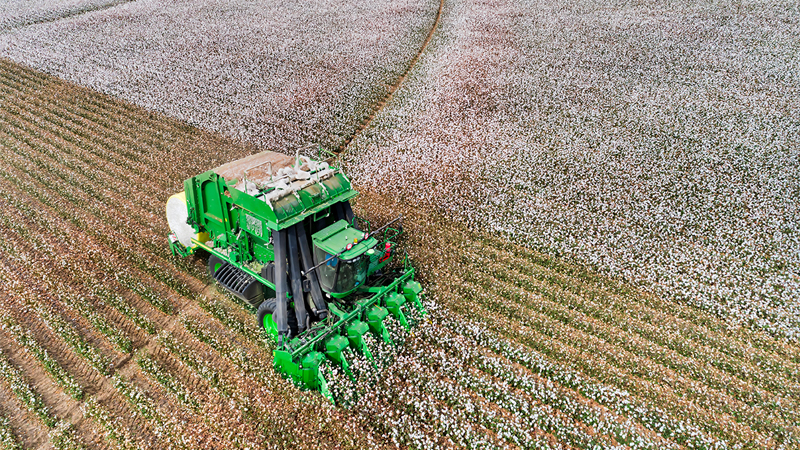Touch, Textiles and the Nobel Prize
The 2021 Nobel Prize in Medicine reveals an interesting connection with textiles.
On Oct. 4, Stockholm-based The Nobel Assembly at Karolinska Institute announced the coveted 2021 Nobel Prize for Medicine for the discoveries on receptors related to touch and temperature to Dr. David Julius of the University of California, San Francisco, and Dr. Ardem Patapoutian of the Howard Hughes Medical Institute, Scripps Research, La Jolla.
Since responses to stimuli such as warmth or cold, friction and outside pressure play an important role in consumer acceptance of textile and other products, the basic work undertaken by the Nobel laureates will give us a better understanding on the sensory perception at a molecular level.
This award recognition touches me personally, as I am involved with the understanding of the touch of fabrics and undertook my doctoral dissertation research on the hand of fabrics at the University of Leeds from 1994 to 1998.
Cotton is presold based on its comfort and its next to skin friendliness. Wool is preferred for its thermal comfort, which depends on neural responses based on external stimuli such as smooth or rough, hot or cold, and more. In fact, the hot chemical compound in capsicum chili played its part in this year’s Nobel award.
For decades, textile scientists have worked to better simulate the feel or touch of fabrics. A major field known as “Hand” evolved during the 1970’s due to the pioneering efforts of Japanese scientists Professor Sueo Kawabata, Professor Niwa and Dr. Matsuo, that led to a standardized evaluation method.
My research interest on the touch or feel of fabrics was kindled due to the research efforts of Professor Venkatraman Subramaniam of A.C. Tech., Anna University in Chennai, India. In the 1980’s and 90’s, Professor Subramaniam supported many doctoral research studies in India, and the field of hand evaluation blossomed there.
The field of touch or haptics is multidisciplinary in nature involving subjects such as tribology, mechanics, materials science, and neuroscience. The work at Leeds during 1994-98 led to the development of an artificial human finger to evaluate the feel of fabrics using polymethyl siloxane to mimic a human finger.
With more emphasis on sustainable materials, how these materials appeal to consumers matters. Hence, both basic and applied level research is needed in the textile sector on the feel of fabrics.
This year’s Nobel prize reiterates the importance of sensory science in textiles and allied fields.










